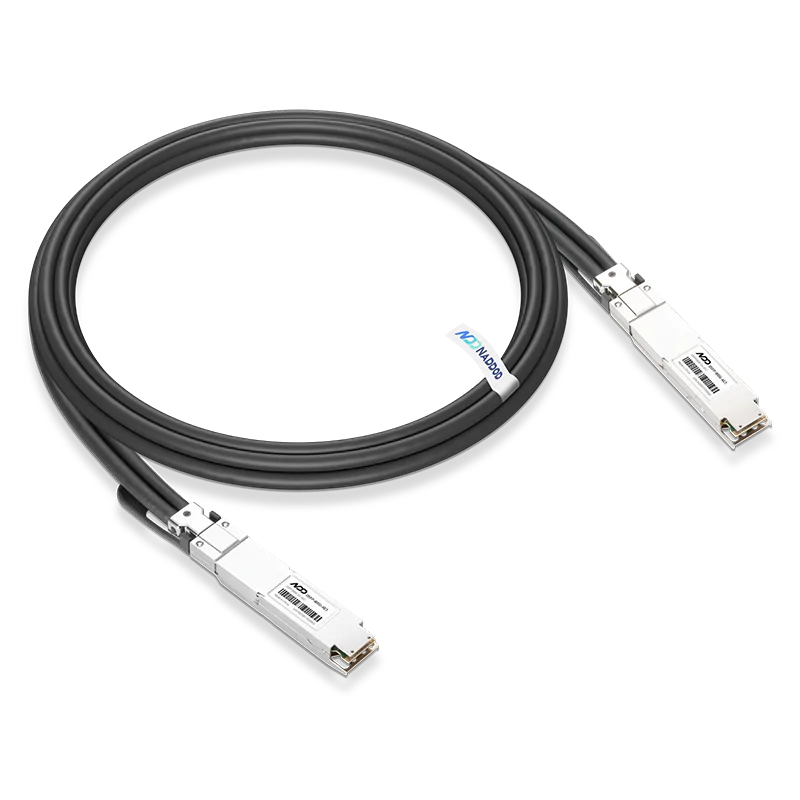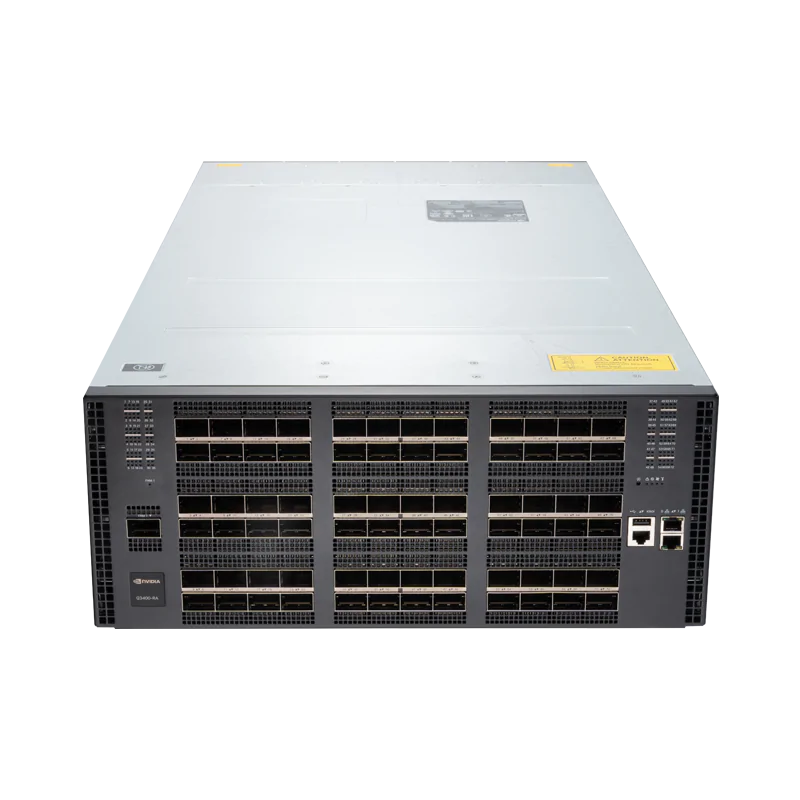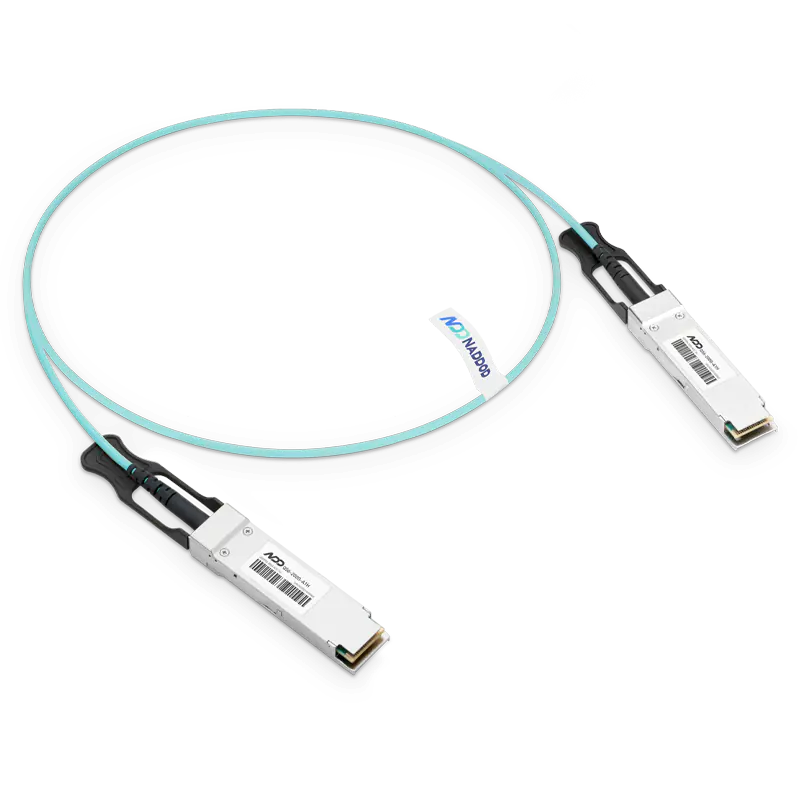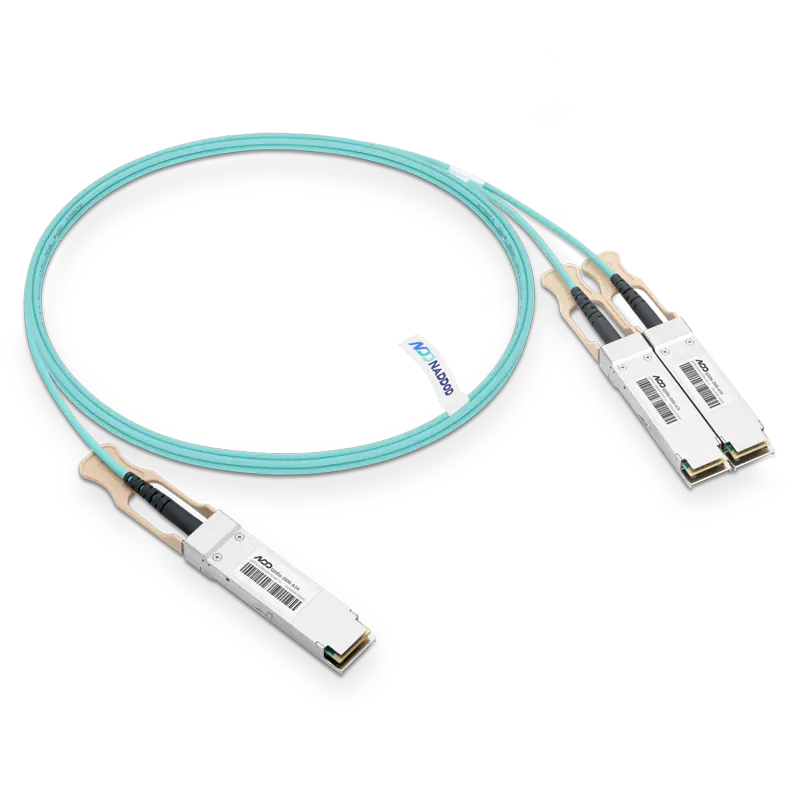OFC 2025, the premier global event for optical networking and communications, drew to a close on April 3, clearly outlining the industry's technological evolution. We witnessed large-scale commercialization of 800G optical modules, rapid breakthroughs in 1.6T technology, and a low-power revolution driven by advancements in silicon photonics and co-packaged optics (CPO). In addition, new optical fibers and connectivity solutions are effectively addressing the challenges of complex wiring. Based on the new products showcased at the event, the optical communication industry is advancing toward higher bandwidth, lower power consumption, and greater density. In this article, we summarize the essential technical highlights from this year’s OFC exhibition.
1. 800G/1.6T Enter Large-Scale Deployment
Among the showcased 800G transceivers at OFC2025 , Coherent and Lumentum are targeting long-distance transmission. Coherent's mass-produced 800G ZR module supports 2000 km unrepeatered transmission, and Lumentum's extended L-band 800G ZR+ module doubles the fiber capacity. HG Genuine introduced the 800G DR8 Multi-Mode Connector (MMC) module, featuring an ultra-compact connector that occupies only one-third the space of traditional MPO interfaces, catering to high-density environments.
The commercialization of 1.6T technology was initiated in 2023, propelled by successive launches of 1.6T multimode/singlemode optical module solutions. This year at OFC2024, this trend has seen substantial breakthroughs, with the commercialization of 1.6T optical interconnect solutions significantly accelerating. Firstly, thanks to advancements in 3nm process DSP chips and their deep integration with silicon photonics technology, module power consumption has been reduced by 20% compared to 5nm DSP chips (from 32W to 25W). Additionally, it supports enhanced Visual Diagnostic Monitoring(VDM) functions and can provide Bit Error Rate (BER) and symbol error distribution statistics before and after Forward Error Correction (FEC). This breakthrough not only effectively addresses the heat dissipation bottleneck in high-density deployments of AI computing centers but also paves the way for the low-power commercialization of 1.6T optical modules.
2. Silicon Photonics Accelerates Module Integration
Silicon photonics has emerged as a key innovation driver in optical modules, leveraging its high integration density and cost-effectiveness. Coherent introduced the 2x400G-FR4 Lite silicon photonics module, achieving 500m transmission with significantly reduced power consumption compared to traditional solutions. HG Genuine showcased a single-wavelength 400G silicon photonics engine with 100GHz bandwidth, paving the way for 3.2T modules. Marvell’s 1.6T light engine contains linear driver, transimpedance amplifier(TIA), and silicon photonics chip supporting 200 Gbps per lane. It consumes less than 5 picojoules per bit (pJ/bit), highly integrated into a LPO module.
3. Intensifying Competition between CPO & LPO
To address the energy consumption challenges of AI clusters, CPO and LPO technologies have become a focal point. Broadcom's XPU-CPO solution delivers 6.4Tbps bandwidth, enabling long reach scale-up fabric connectivity for AI servers. Semtech’s DirectEdge LPO solutions are over 50% more power efficient than comparable DSP-based solutions, optimized for hyperscale data centers. Hyper Photonix, in collaboration with multiple vendors, completed the 100G-DR-LPO specification validation, promoting ecosystem standardization.
4. New Fiber & Connectivity Technologies
The commercialization of multi-core fibers (MCF) and hollow‑core fibers (HCF) is unlocking new pathways for ultra‑dense cabling. Hpyer Photonix’s 800G silicon‑photonic module uses a single four‑core MCF in place of four separate single‑core fibers—saving 75% of rack space. Meanwhile, YOFC’s HCF boasts attenuation as low as 0.05 dB/km and cuts latency by 31%; it has already validated 21.7 km transmission, with a view toward subsea communications and low‑latency financial trading.
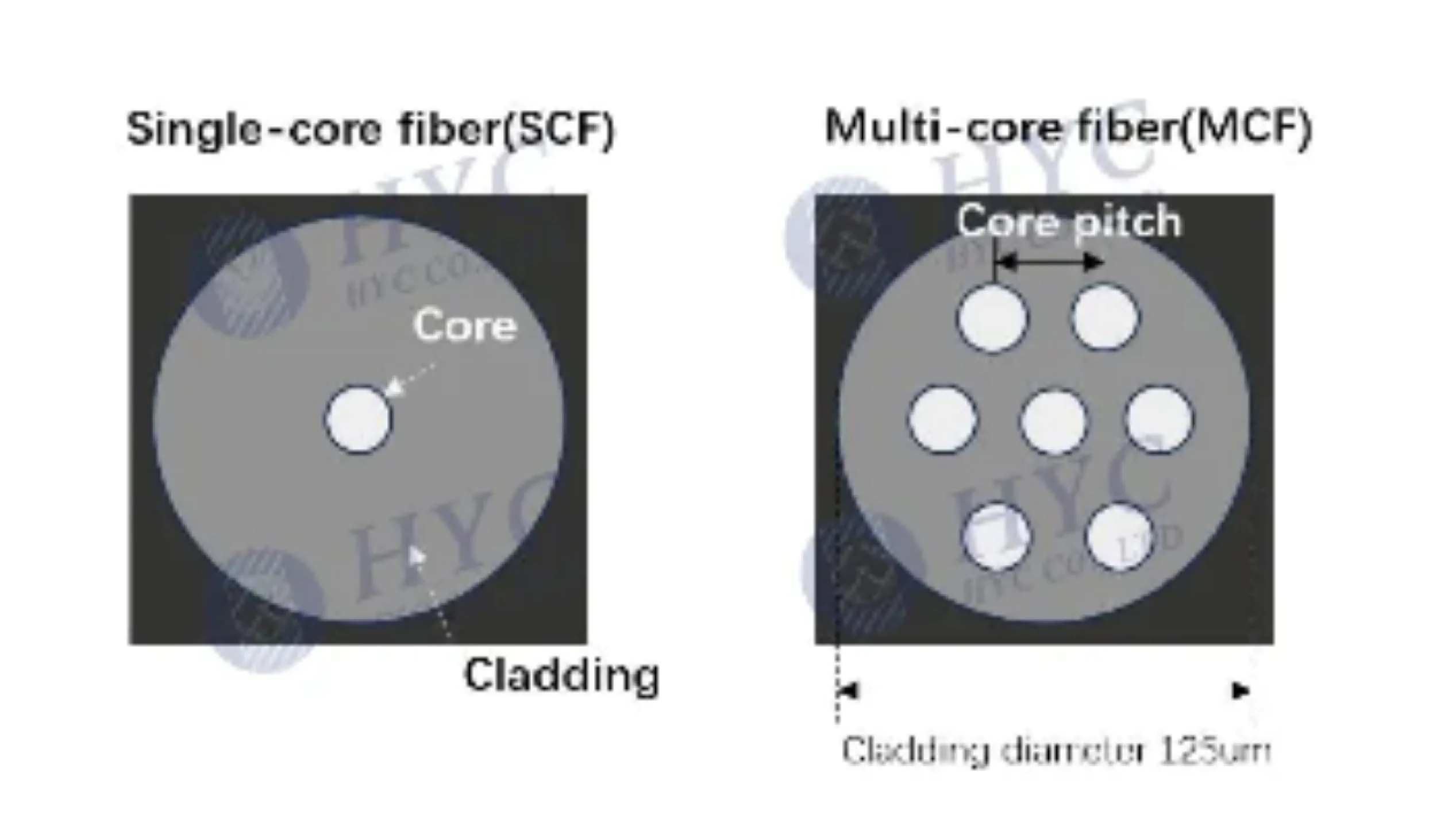 Multi-core fiber
Multi-core fiber
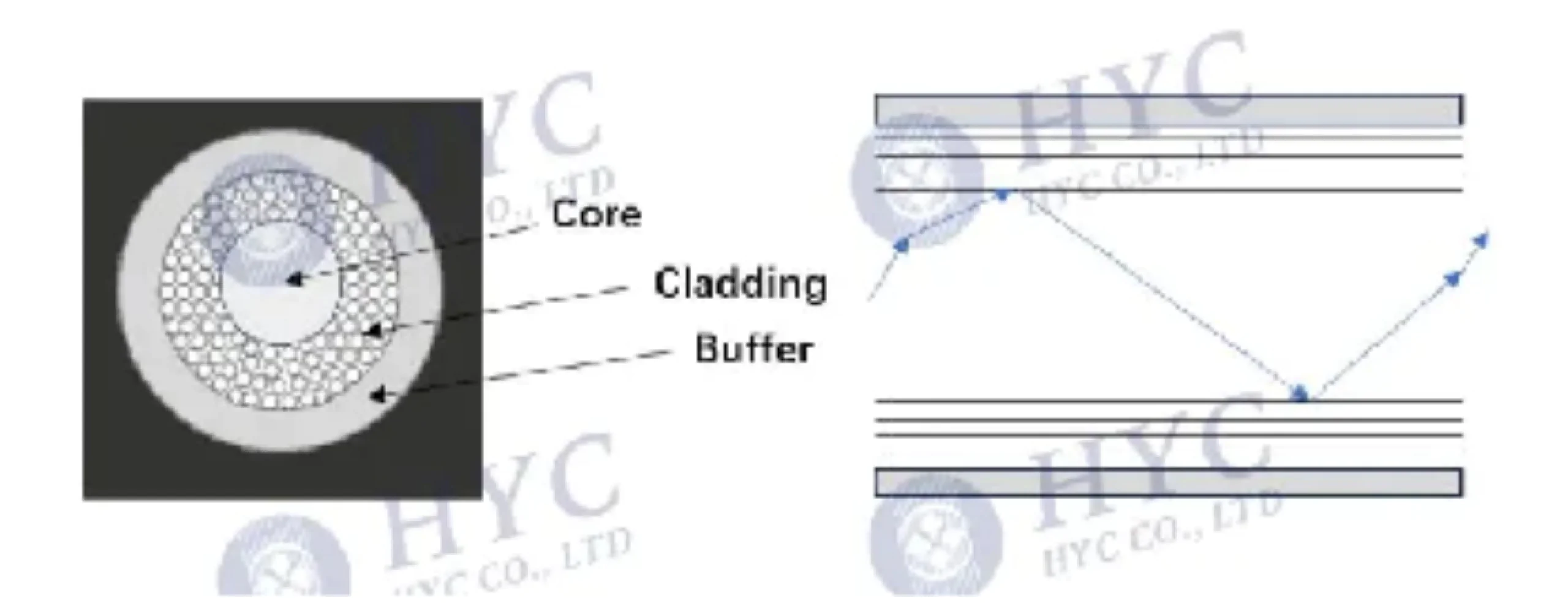
Hollow‑core fiber
On the connector front, Molex’s VersaBeam EBO solution adopts Expanded Beam Optical (EBO) interconnect solutions to drastically reduce dust sensitivity—slashing deployment time by 85%. And the MDC/MMC VSFF connector, jointly developed by US Conec and SANWA, supports 800G+ data rates while tripling cabling density.
5. Chips & Coherent Technologies
Fundamental innovations at the chip level are driving dramatic performance gains in optical modules. Acacia’s 3 nm 1.6 T PAM4 DSP cuts power consumption by 20%, while TeraSignal’s four‑channel 200 G TIA—with built‑in digital eye‑monitoring—sets a new industry standard for noise suppression.
In the coherent realm, Ciena and HyperLight have demonstrated 3.2Tb/s (8×448Gb/s) O-band IMDD transmission, carrying eight 448 Gb/s channels over 2 km fiber. Lucidean’s mixed‑domain coherent (MDC) approach fuses the low cost of IMDD with the high performance of coherent detection, making it ideal for short‑reach AI clusters.
Meanwhile, Lumentum’s 200 G‑per‑channel differential‑drive EMLs and 1,310 nm UHP DFB lasers are emerging as key components for next‑generation co‑packaged optics (CPO) and ultra‑high‑speed links.
To learn more about the Siph, LPO,CPO, Cohenrent technology, you can refer to the previous article here Development Trends in Optical Module Technology: SiPh, Coherent, LPO, LRO, and CPO
For an in‑depth look at Silicon Photonics, LPO, CPO and coherent technologies, you can dive into our previous blog here: Development Trends in Optical Module Technology: SiPh, Coherent, LPO, LRO, and CPO.
Summary
From OFC 2025, it’s clear that optical communications is entering a new phase defined by higher bandwidth, deeper integration, greater energy efficiency, and increased density. The widespread deployment of 800 G and 1.6 T optical modules, the maturation of silicon photonics and CPO, the commercialization of novel fiber types, and bottom‑layer chip innovations are collectively driving the next generation of AI and cloud computing performance. Looking ahead, as the 3.2 T technology roadmap crystallizes, optical communications will become the cornerstone underpinning our digital world.
NADDOD consistently leads the way in optical interconnect innovation, closely following AI trends and delivering superior InfiniBand and RoCE networking solutions. We provide high-speed 800G/400G/200G transceivers and AOC&DAC cables for data center interconnection. And we’ve taken the lead in launching 1.6 T silicon photonic modules to the market and already verified the compatiblity on the Quantum-X800 switches, demonstrating excellent performance. To see the complete test result , refer to: “NADDOD 1.6T XDR Infiniband Module: Proven Compatibility with NVIDIA Quantum-X800 Switch”. In addition, we’ve also lauched Coherent modules and LPO modules for hyperscale deployments. For more information or to discuss your deployment needs, please reach out to us at info@naddod.com or contact us here!

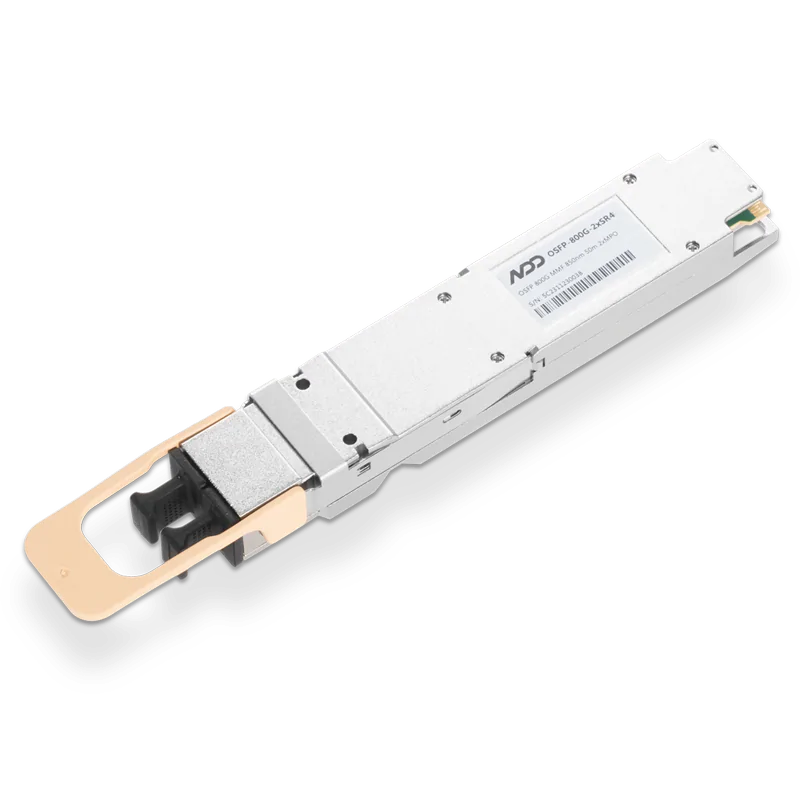 800GBASE-2xSR4 OSFP PAM4 850nm 50m MMF Module
800GBASE-2xSR4 OSFP PAM4 850nm 50m MMF Module- 1Introduction to Open-source SONiC: A Cost-Efficient and Flexible Choice for Data Center Switching
- 2NADDOD 1.6T XDR Infiniband Module: Proven Compatibility with NVIDIA Quantum-X800 Switch
- 3Vera Rubin Superchip - Transformative Force in Accelerated AI Compute
- 4NVIDIA GB300 Deep Dive: Performance Breakthroughs vs GB200, Liquid Cooling Innovations, and Copper Interconnect Advancements.






















